Winners of the 2014 New Zealand Geographic Photographer of the Year competition were announced at a gala event on Auckland’s waterfront last night. The evening was a culmination to the sixth annual exhibition of the photographic finalists and was celebrated with food, drinks and live music before a presentation of the winners.
Guest speaker and ambassador for Nikon Chris McLennan wowed the audience with an impressive collection of wildlife and landscape images from Svalbard, Alaska and Africa, and those were just his shots taken this year. For those of you who aren’t familiar with the work of kiwi Chris McLennan, who hails from the Queenstown area, you can easily lose yourself for an afternoon on his website.
Presenting the winners of the competition, James Frankham, editor of New Zealand Geographic magazine, commented that the winning photographs were chosen from among the 3400 entries because they captured their subjects in an original and insightful way; they were unique and universally engaging.
The underwater picture of a small jewel anemone captured in the throes of love-making and broadcast to the world (thank goodness you don’t need a model release from an invertebrate!) walked away with two awards from the event: a highly commended in the wildlife category and winner of the Colour Award from sponsor Resene.
Guest speaker and ambassador for Nikon Chris McLennan wowed the audience with an impressive collection of wildlife and landscape images from Svalbard, Alaska and Africa, and those were just his shots taken this year. For those of you who aren’t familiar with the work of kiwi Chris McLennan, who hails from the Queenstown area, you can easily lose yourself for an afternoon on his website.
Presenting the winners of the competition, James Frankham, editor of New Zealand Geographic magazine, commented that the winning photographs were chosen from among the 3400 entries because they captured their subjects in an original and insightful way; they were unique and universally engaging.
The underwater picture of a small jewel anemone captured in the throes of love-making and broadcast to the world (thank goodness you don’t need a model release from an invertebrate!) walked away with two awards from the event: a highly commended in the wildlife category and winner of the Colour Award from sponsor Resene.
One of the competition judges Arno Gasteiger made the general comment, “luck favours the prepared”.
“Who won the People’s Choice Award” I can hear you screaming? 36,000 people voted and the people have spoken. The champion was Kelly Wilson’s photograph of the Kaimanawa horses, a population of feral horses in New Zealand descended from domestic horses released in the nineteenth and twentieth centuries. Each year the horses are mustered to control herd numbers and horses that can’t be re-homed are slaughtered. The Wilson sisters Kelly, Vicki and Amanda have been working hard to place the horses in homes.
In breaking news James Frankham announced a new category for the 2015 competition, which will open for entries in May: time-lapse. We have been instructed to work out what an intervalometer is, but more importantly for me – do they work underwater?!
To see all the category winners from the competition visit the New Zealand Geographic website. Or pick up the November/December issue of the magazine, in stores November 3rd.
This has been an exciting experience for me and I want to personally thank Julia and Shane from Northland Dive who always take me out on amazing scuba dives and who shared with me the very special anemone-spawning event. I also want to thank my family and many wonderful friends who are openly critical of my photographs when appropriate and from who the warm wishes have been flooding in. Your support means the world to me.
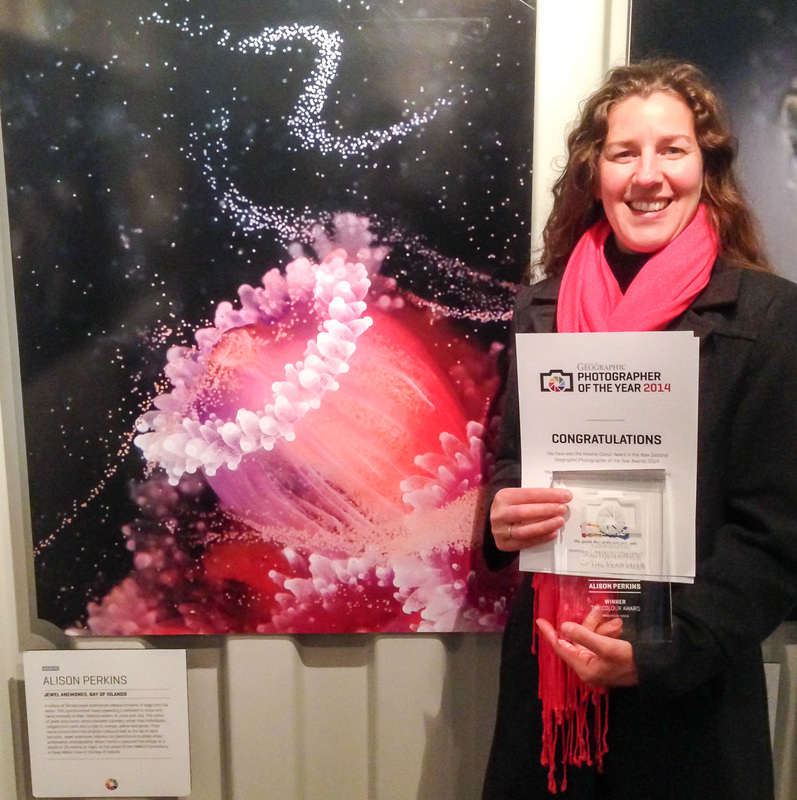
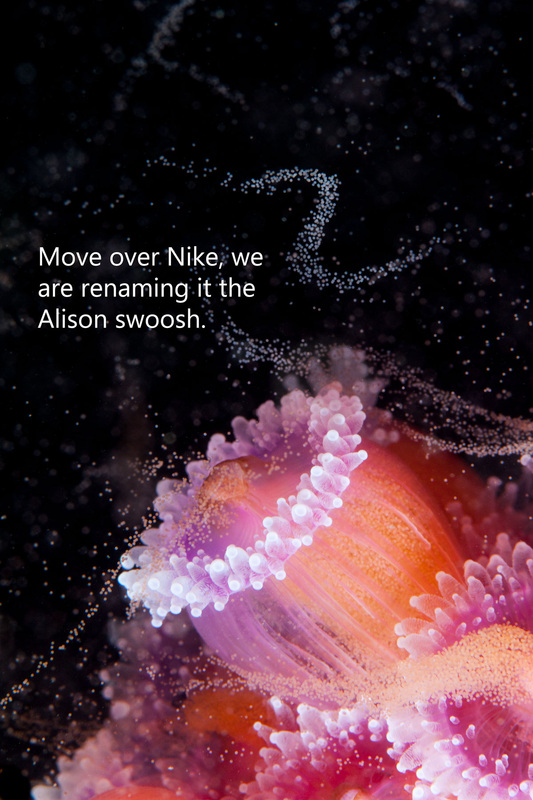

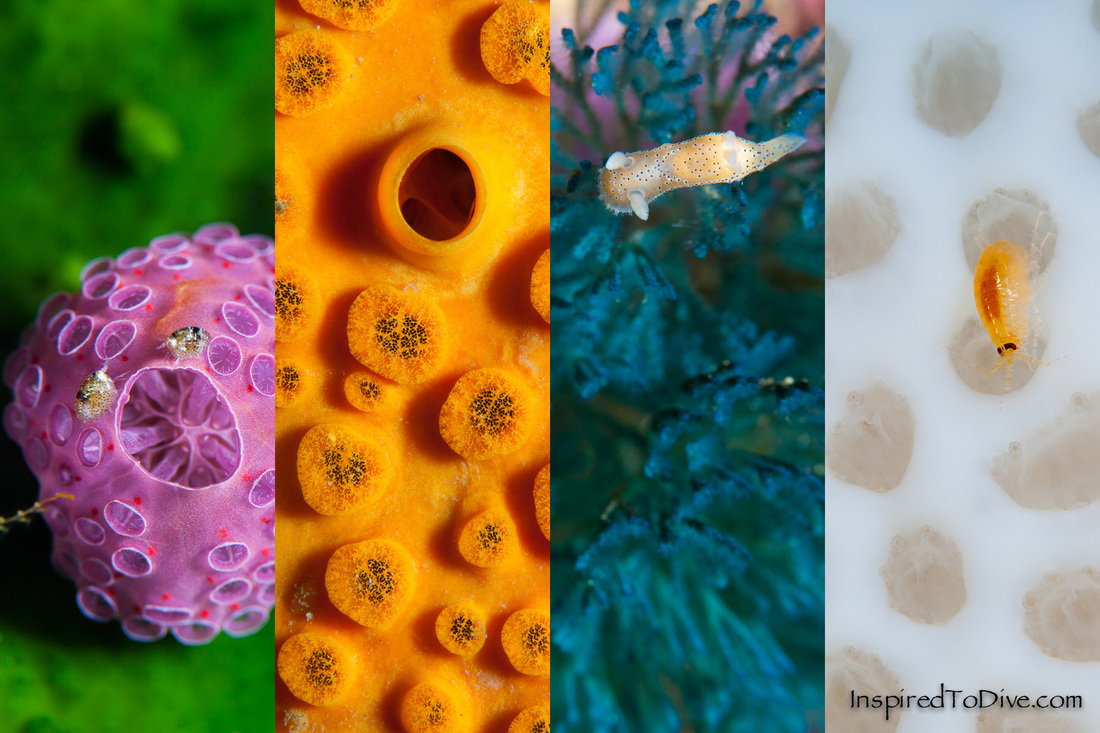
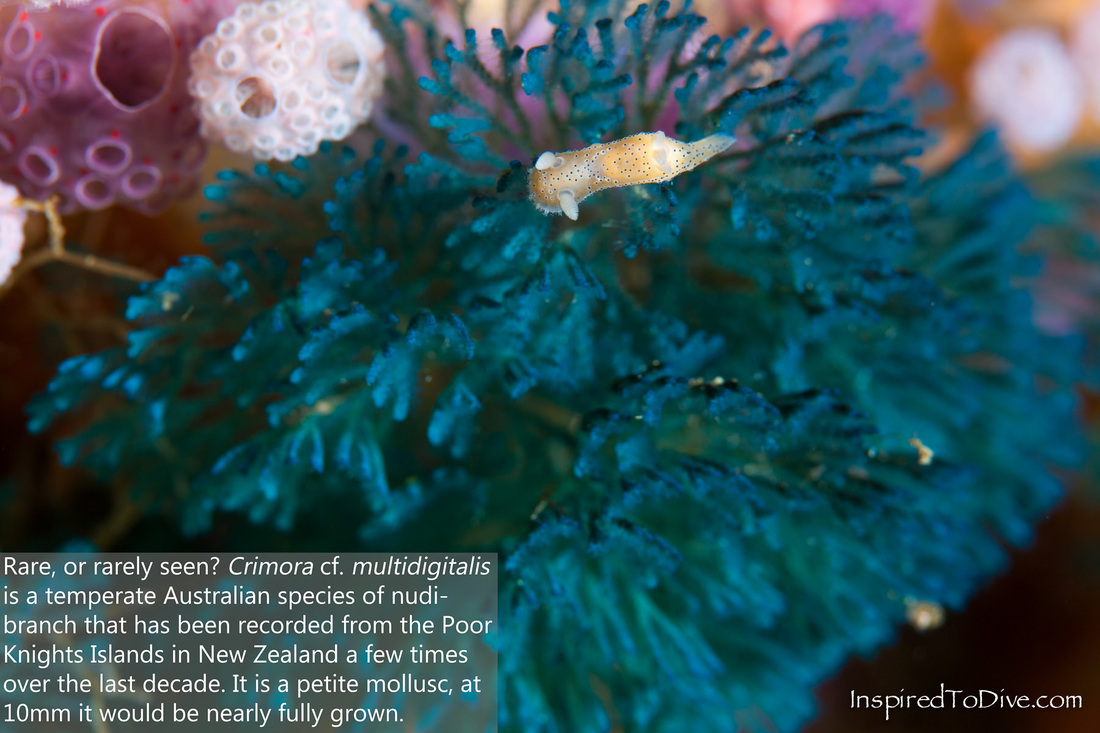

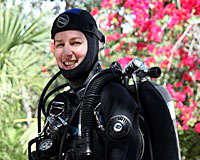
 RSS Feed
RSS Feed

